7 Years On: What March 11 Taught Me About Disaster Preparedness
Lessons Learned from The Great East Japan Earthquake
Natural disasters are terrifying, but there are ways to cope and be prepared.
When I came to Japan in 2006, I was already well aware of earthquakes. I had seen live coverage of the 1995 Kobe earthquake as a child and had later shared a house with a survivor of that disaster during university. I had heard all about them and had a pretty good idea of what it would be like when one struck.
After coming to Japan, I got used to the occasional “little” temblors that happened. So when the March 11 earthquake occurred, at first, I didn’t think much of it — even when my apartment started to sway. I didn’t live in the nicest building then, so it shook more than other quakes so far, even such at shindo (seismic intensity) 4 levels. But suddenly that usual sway turned into a great ruckus of shaking, shattering and noise.
I still vividly remember that I spent a while stuck under my TV rack/bookshelf before everything stopped moving long enough for me to get outside. When the earth stopped shaking, I went back inside, grabbed whatever important things I could find and stuffed them in a bag. When the shaking began again, I ran back outside and sat in an open field with the stray cats and other wildlife that called my neighborhood home. I stayed out there until my roommates were able to get home from their respective workplaces several hours later, thanks to all the trains having stopped.
[S]uddenly that usual sway turned into a great ruckus of shaking, shattering and noise.
My balcony had cracked and moved away from the building by about two centimeters, the built-in wooden shelf in the tatami room had broken off the wall and the bathroom door no longer closed. Not to mention all the dishes that had smashed, covering the kitchen floor.
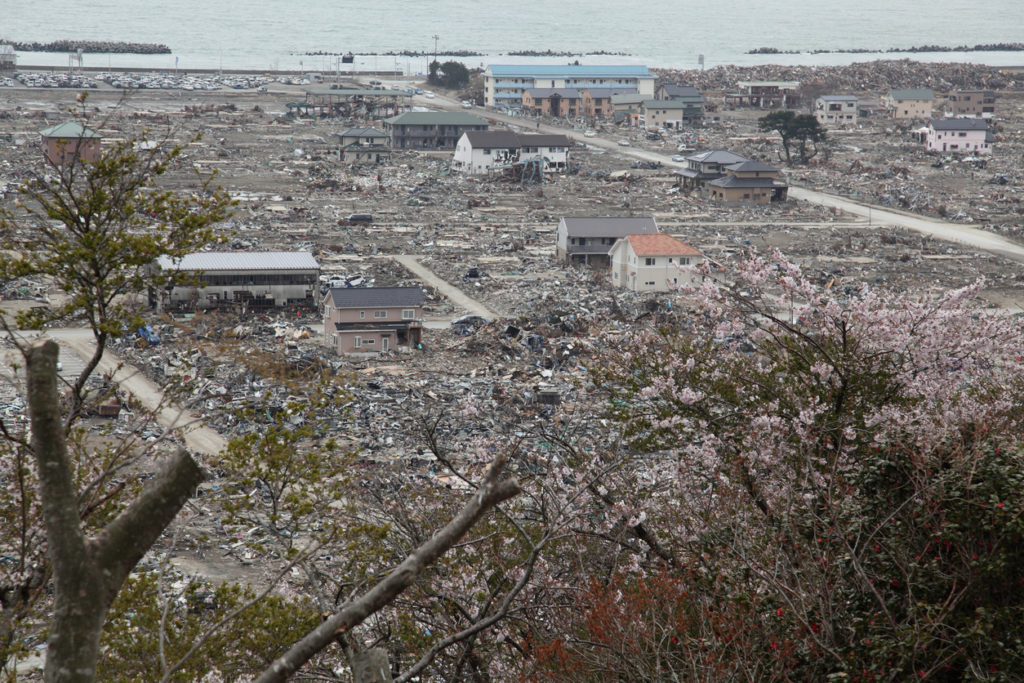
A photo taken in Fukushima Prefecture after the March 11 earthquake and tsunami showing the massive damage of the East Japan Great Earthquake and tsunami that struck Japan on March 11, 2011.
The aftershocks just kept coming. My phone never shut up — the alerts were constant, even after I turned down the sensitivity of the earthquake warning settings, and there was really nothing I could do about it. I just thought waiting it out would work.
It did. After a few weeks or a month, it was much better. But then, the building across the street from my apartment was demolished and special equipment was brought in to flatten and prepare the ground for the construction of a new high rise apartment. The machines that struck the ground hard, began shaking everything around it. The very first morning that started, I thought I was having a heart attack. My chest was tight, my jaw and face numb, and each breath I took felt like it was full of glass shards.
It was then when I had my first panic attack. I ended up being diagnosed with Post Traumatic Stress Disorder (PTSD). I went through a lot of steps to get past this anxiety, and while I consider myself pretty much normal now, there are still a few quirks that I have for handling earthquakes.
What to do and how to cope
Now I know now that running out into the street on that day was a terrible idea — busy roads can be even more deadly during an earthquake. If you have to get outside, protect your head with your arms, coat or bag, and get to the nearest open park or area you can. If you’re inside a newer, earthquake-resistant building — stay there!
These coping mechanisms have really helped me feel more in control of what’s happening and will be able to help me deal with the situation at hand.
Having an emergency kit in my room — with enough food and water for two days, a first aid kit complete with antacids and painkillers, a spare pair of glasses, sneakers, a change of clothes, sanitary napkins or tampons, and, of course, my passport, bank information and other documents — helps me feel a bit more secure. I know where everything I need is, so that if there were another major earthquake, I can calmly get from point A to point B. I can’t recommend this strongly enough: if you are new to Japan, make sure you have at least some extra, easy to prepare groceries on hand, just in case. A few of my friends who didn’t, ended up living off plain Doritos because their nearest supermarket was wiped out of stock in the days after March 11.
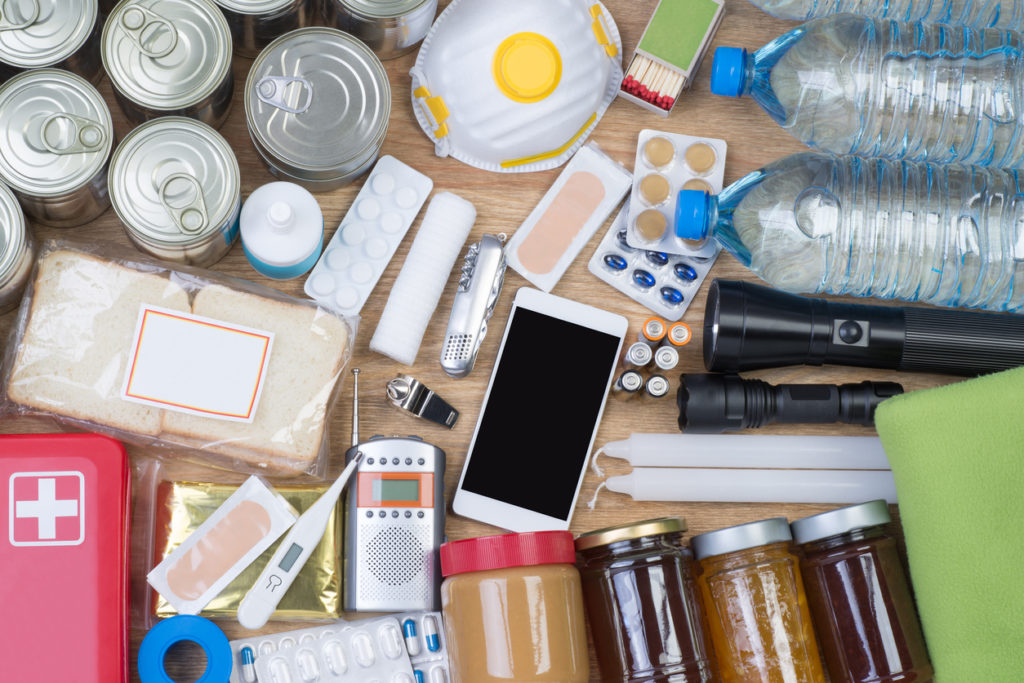
Objects worth adding to your emergency kit for use in cases of natural disasters.
To make your own emergency kit, head to your nearest Tokyu Hands, grocery store, home center or even a ¥100 store. There you’ll find everything from helmets, emergency rations, flashlights and even chemical toilets that can be folded up to fit in a space the size of an iPad. For more information on what to put in your earthquake kit, see this article.
One coping mechanism I learned from a friend’s grandmother is to have either a water bottle or something hanging in each room so that I can see for myself whether or not the room (instead of just my nerves) is shaking. It does seem silly, but then again, it’s a simple and relatively easy way to keep yourself calm.
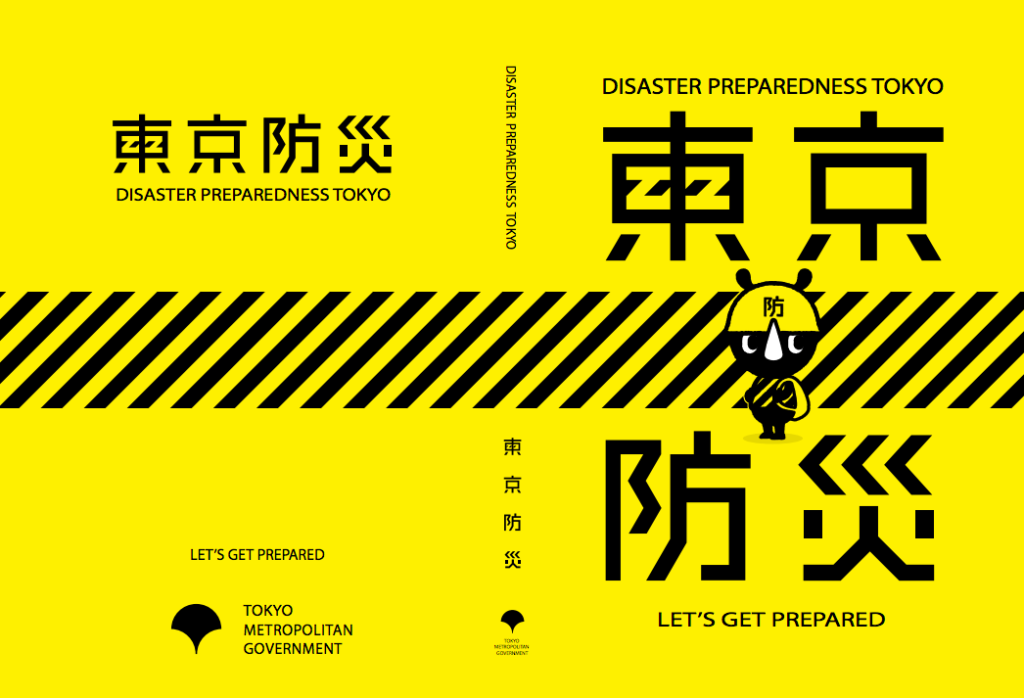
Get your own copy of Tokyo Metropolitan government’s free disaster prevention booklet at your local city hall.
I also downloaded Earthquake Monitor EX, an app for Android that monitors earthquakes in real time and provides bilingual updates as they happen. Pocket Shelter, a multilingual disaster preparedness app which enables easy navigation to nearby evacuation sites, has a safety confirmation function for your family’s and loved ones’ sake, features early earthquake warnings and can be used offline, is also highly recommended.
The Tokyo Metropolitan government has a free disaster prevention booklet all about earthquake safety, including emergency phone numbers available in English, Chinese and Korean. And, as a non-Japanese citizen, knowing the emergency number of your embassy or consulate is vital in a case like this.
These coping mechanisms have really helped me feel more in control of what’s happening and will be able to help me deal with the situation at hand if I have to go through it again. Being prepared for a disaster doesn’t make you paranoid, nor should it make you feel anxious. If you’re prepared, you know just how strong you are and that you can handle yourself in any situation — and that’s the most important thing of all.
*Lead photo: A girl stands in front of a racked ship in Kesennuma, Miyagi Prefecture on February 10, 2013, approximately two years after the earthquake and tsunami. As seen in the photo, traces of the disaster were still visible despite the time that had passed.
Where were you in the wake of the March 11 earthquake and tsunami? What was your experience like? Share with us in the comments.












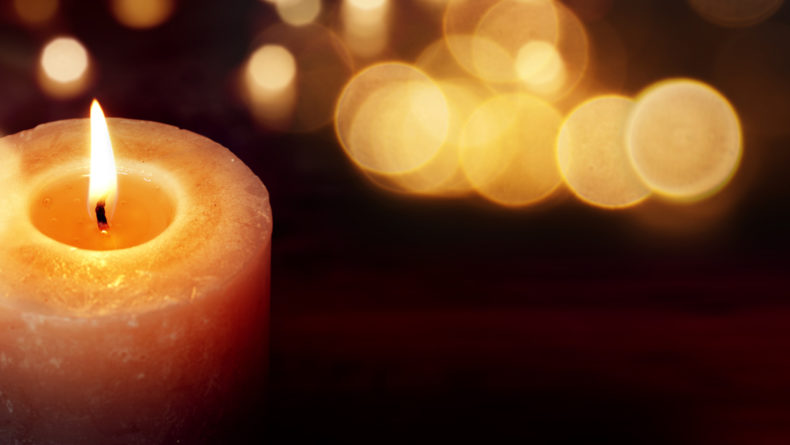
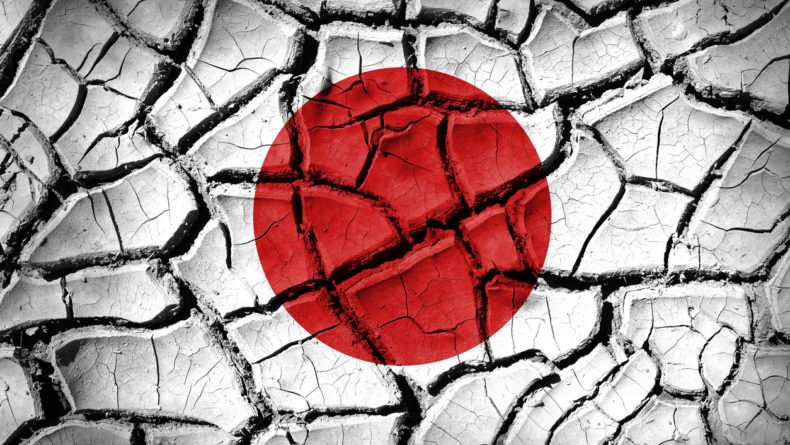
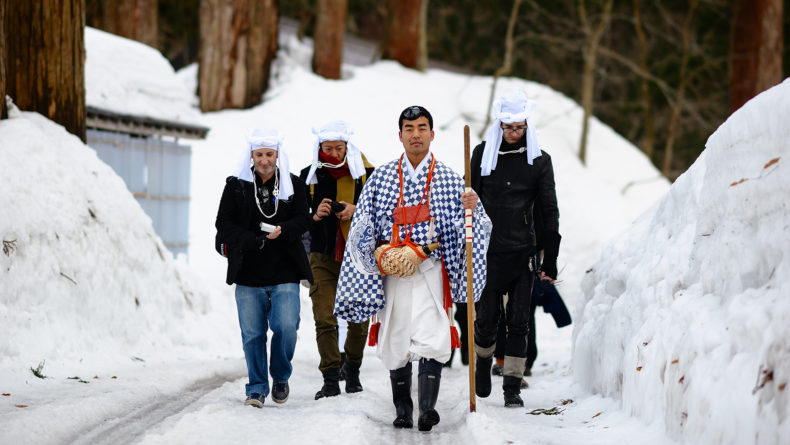
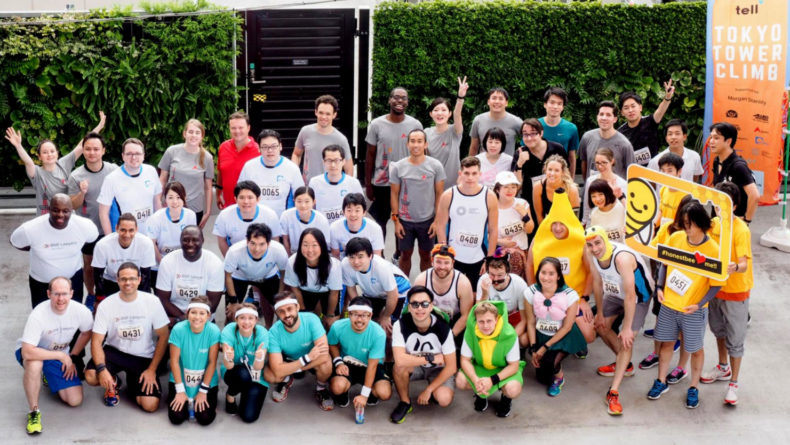
Leave a Reply